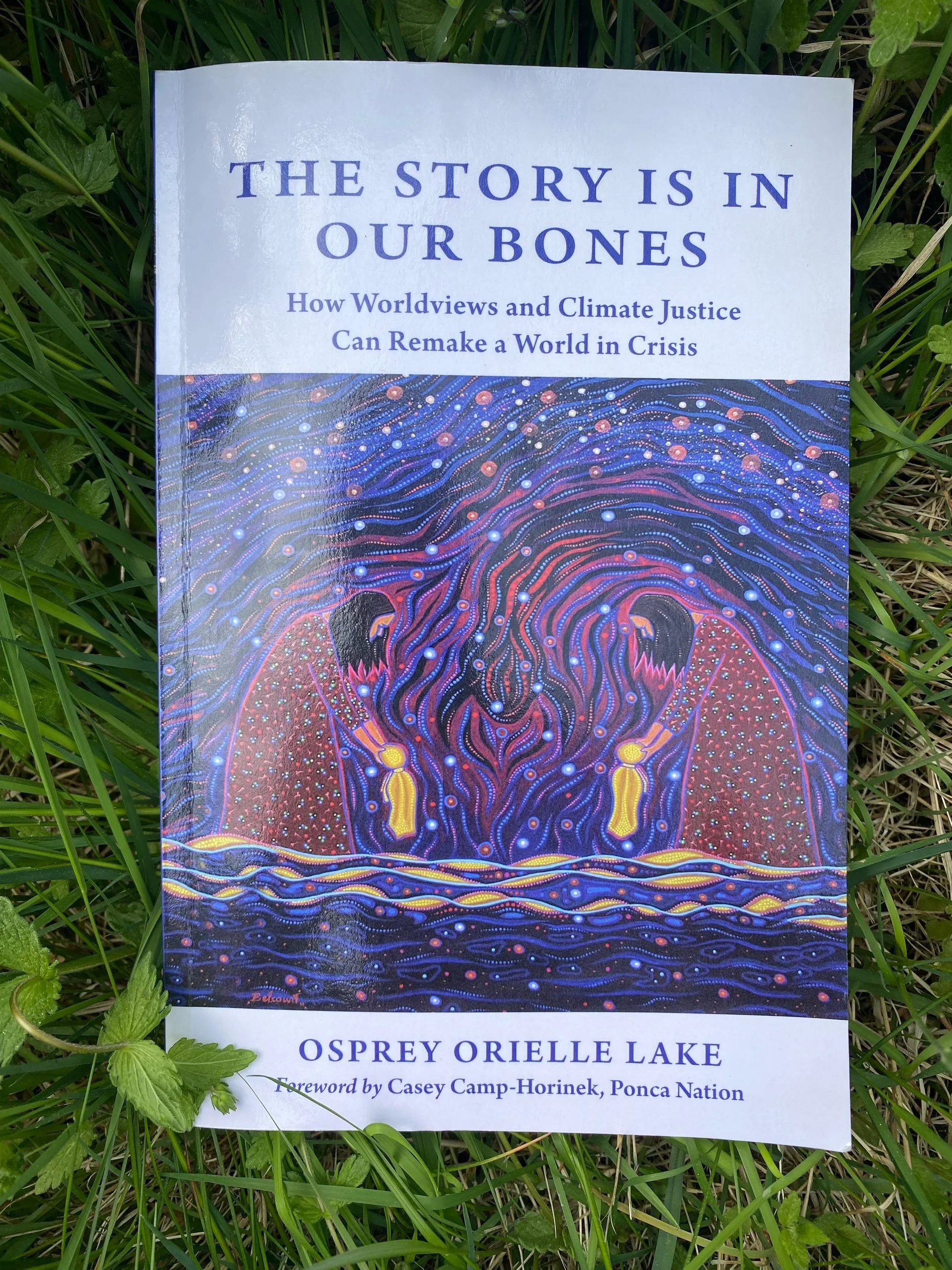Årets klimatoppmøte i FN, COP26, skulle opprinnelig gått av stabelen høsten 2020, men på grunn av Covid-19 pandemien ble det utsatt til 31.oktober-12.november 2021 i Glasgow. Da Paris-avtalen ble undertegnet i 2015 ble landene enige om at under møtet fem år senere, altså årets COP, skulle landene øke ambisjonsnivåene sine for å klare målet om å holde temperaturøkningen forårsaket av menneskeskapte klimaendringer til 2 grader, og helst 1,5. Avgjørelsene verdens ledere tar dette tiåret avgjør i stor grad om hvorvidt det vil være mulig å nå målet som vi har satt oss i Paris-avtalen. På det nåværende tidspunktet er verden på vei mot en temperaturøkning på 2,7 grader. Derfor er årets COP-møte ekstra viktig.
Utdatert dobbeltmoral
Ifølge The Climate Action Tracker, et uavhengig klimaanalyse- og politisk institutt, er Norge på vei mot en temperaturøkning på 3 grader med de nåværende klimatiltakene. Dette er ikke tilstrekkelig for å nå målene vi har satt oss i Paris-avtalen. Regjeringen skriver selv på nettsidene at «Norges forsterkede klimamål er å redusere utslippene med minst 50 prosent og opp mot 55 prosent sammenlignet med 1990-nivå innen 2030». Likevel sier de også at de har tenkt til å fortsette med Arktisk oljeleting, selv om nyere forskning fra IEA, det internasjonale energibyrået, sier at verden ikke har råd til ny olje i karbonbudsjettet vårt om vi skal nå målene i Paris-avtalen. Denne dobbeltmoralen er utdatert og hører ikke hjemme på COP.
Årets COP mål
Målene for årets COP er å sikre globalt netto-null utslipp innen midten av dette århundre, altså 2050, og å kunne nå målet på maks 1,5 graders oppvarming. De tre øvrige målene er klimatilpasning av samfunn og naturlige habitater, mobilisere finansieringen av et grønt fonn og å utarbeide en regelbok for hvordan landene skal nå målene fra Paris-avtalen. Alle disse målene kan sees på som måter å gjøre konsekvensene av klimaendringene mer rettferdige.
CO2-forbruk i regnskapet
I «Mitt klimaregnskap», (Bakken Riise, 2021) skriver hun om hvordan Sverige siden 2017 har ført regnskap over CO2 utslippene på forbruket til svenskene, altså ikke bare CO2 utslippene som kommer av produksjonen i landet, som er den nåværende måten å måle CO2 utslipp, men også forbruket. Hadde Norge brukt en lignende målestokk ville for eksempel utfallet i klimarettssaken mot den norske stat antageligvis fått et annet utfall, ettersom dommen gikk på at utslippene ble sluppet ut utenfor Norges grenser. Et lignende klimaregnskap i COP ville radikalt forandret rettferdigheten der vi med historisk høye utslipp ville måtte redusert tilsvarende.
Norsk klimalederskap
Greta Thunberg skrev nylig i The Guardian at verden ikke har noen reelle klimaledere, og den danske avisen «Informationen» skrev etter valget i Norge på forsiden «Kjære Norge, hvis ikke dere, som har et oljefond på 12.000 milliarder kroner, kan gjennomføre et raskt grønt skifte, så kan ingen. Vi venter spent på den nye regjeringens klimaplan» . Det er sant at Norge er i en særstilling. Vi er bedre rustet enn noe annet land til å ta på oss ledertrøya under et spesielt viktig COP. Norge kan og bør spille en avgjørende rolle i å få verdens CO2 regnskap til å gå opp. Vi har verktøyene, og vi vet hva som må gjøres; vi må kutte all ny oljeleting, og hvis vi virkelig mener alvor så går vi inn for at også forbruk av CO2 utslipp skal med i de offisielle målingene til land. Først da kan Norge være en ledestjerne i kampen mot klimaendringene.








